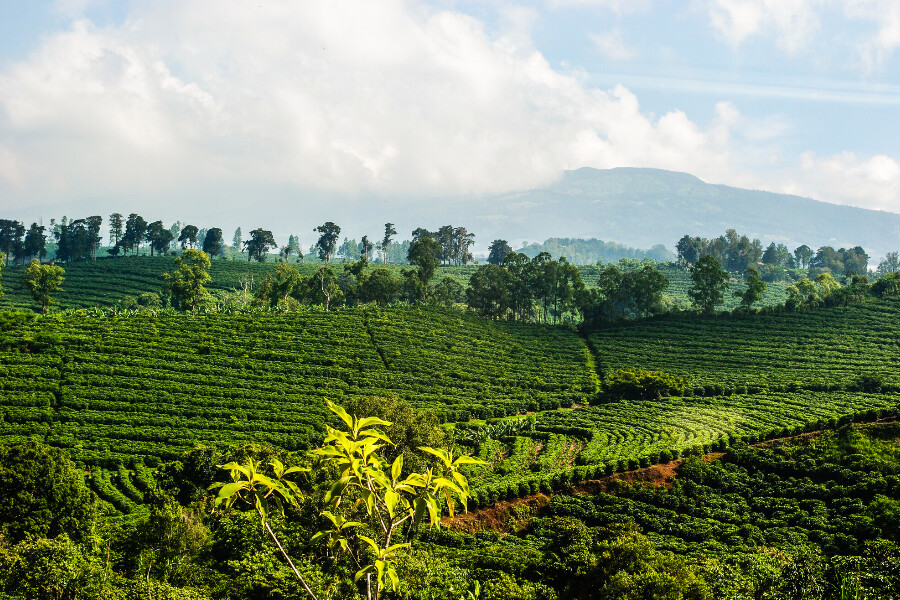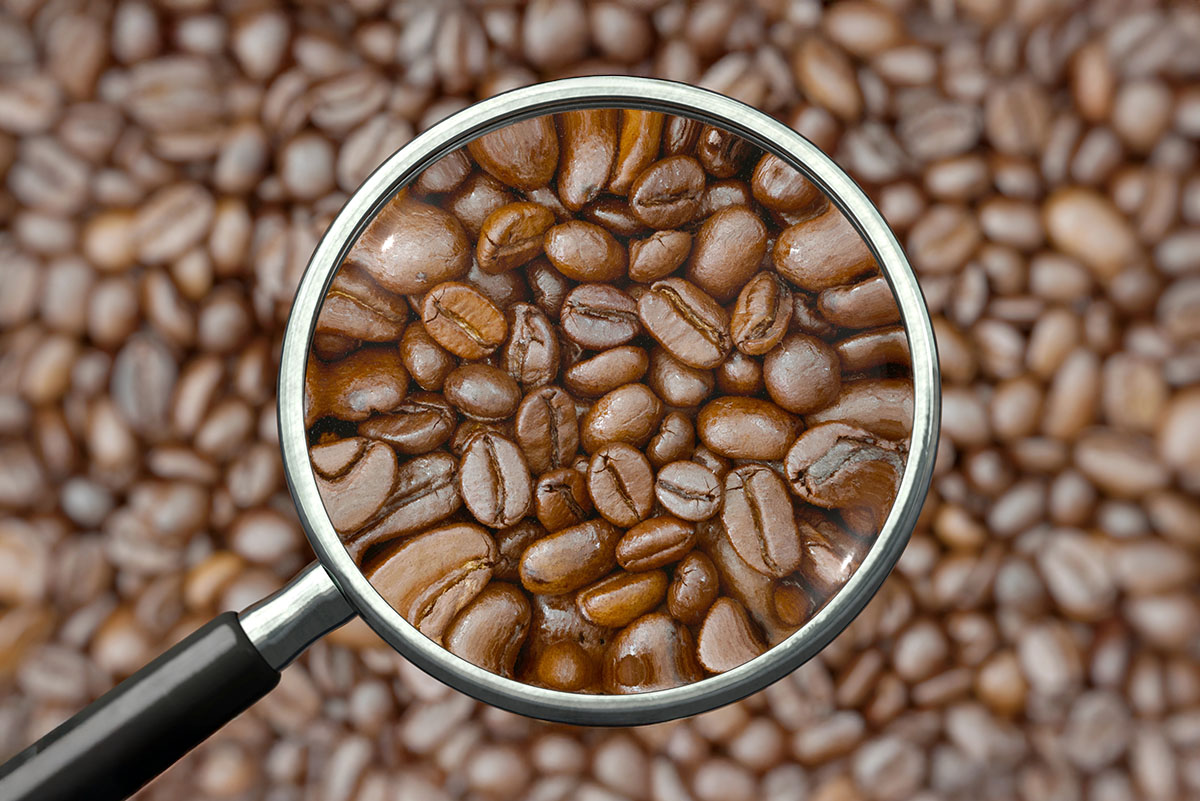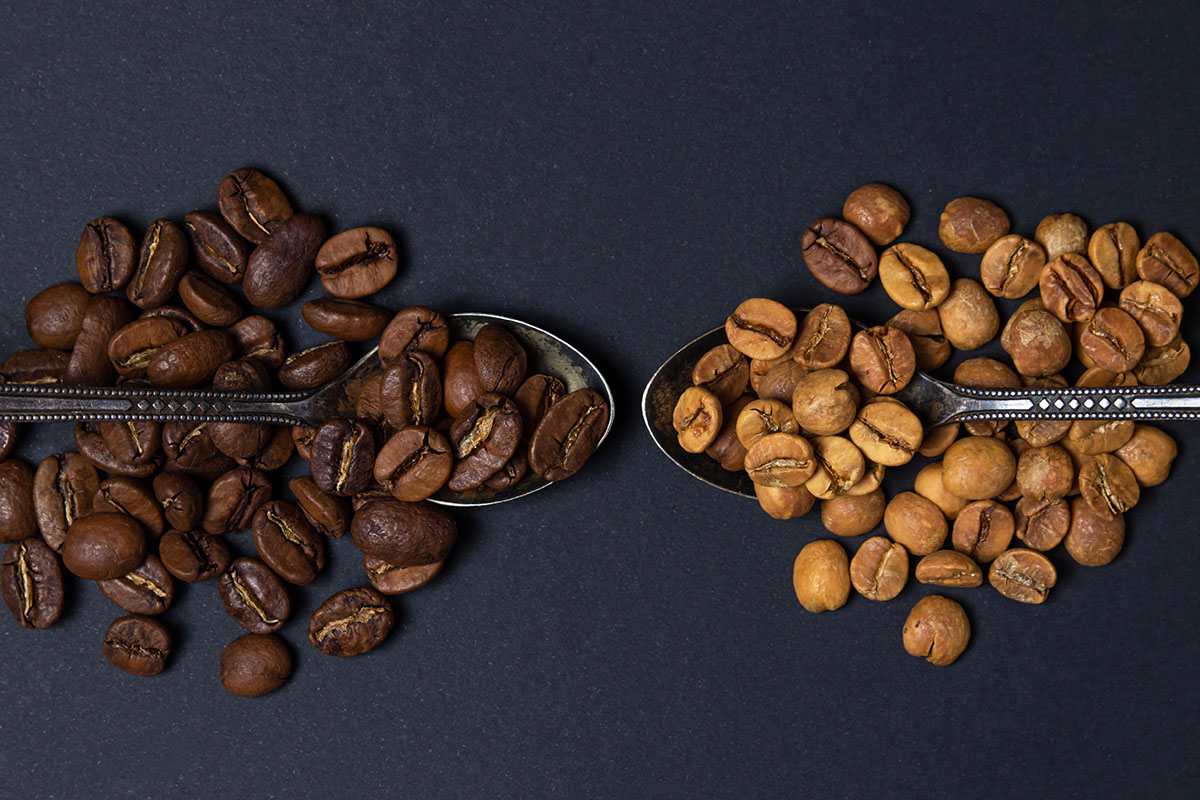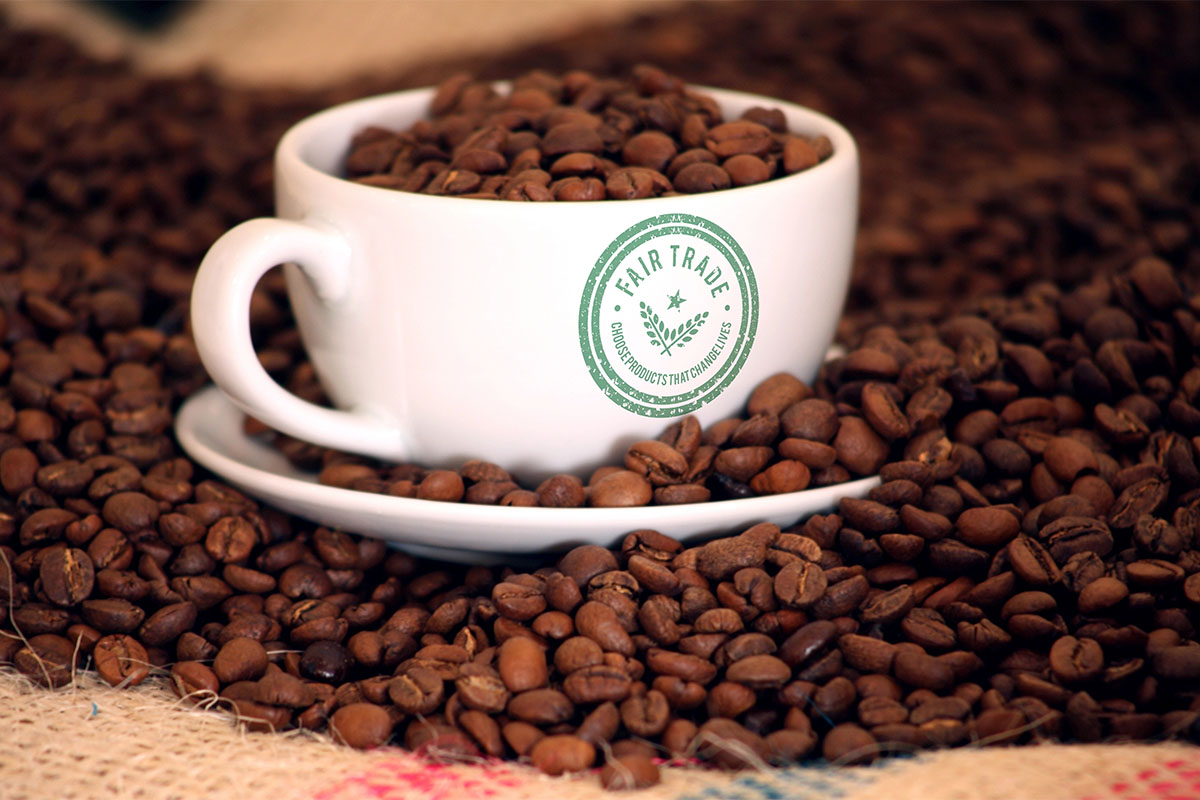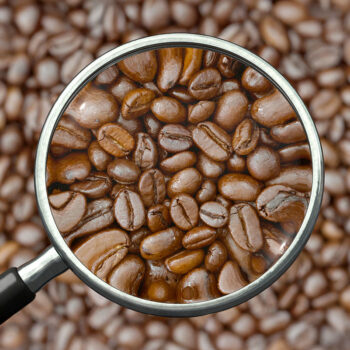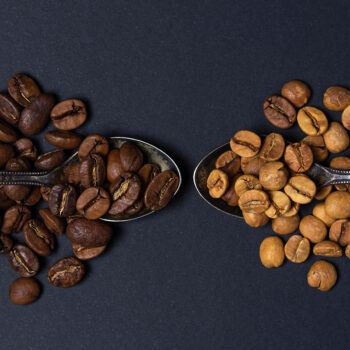If you’re a coffee lover, you know how good that first sip in the morning is. Coffee gives us a special opportunity to receive the day with purpose and a smile.
Imagine one day soon, maybe even 5 to 10 years from now, you may not be able to enjoy a fresh, hot cup of coffee. The beverage we love so much may no longer exist because of how coffee crops are being affected by climate change.
As crops are more impacted by changing climate, coffee beans can be more difficult to buy. This ultimately means coffee could soon be harder to find in stores, and more expensive when you do manage to find it. The problem is that coffee crops are very fragile, and things like climate change, disease, and insect plagues can cause major problems.
What The Experts Say
Studies show that over half of all the different coffee species are at risk of extinction. Deforestation and global warming contribute to the loss of many coffee plants, and scientists suggest that monitory and conservation techniques need to be put in place. Otherwise, one of the most popular drinks in the world will become a thing of the past.
Economics
As an $80 billion a year industry, coffee production is big business. Most coffee beans come from small farms in Africa and Latin America, and the livelihood of more than 20 million farmers is at stake. In addition, the countries that depend on coffee bean distribution would see a significant decrease in their economies. Climate change will play a substantial role in the quality and the amount of coffee distributed throughout the world.
Climate Change Already Affects Coffee Growers
The coffee industry is already affected, and if the issues continue to compound, the ripple effect will be felt in many areas of agriculture and the economy.
The Growth Process
The commercial coffee industry has several bean varieties, with Arabica and Robusta being the most popular types. These commercial varieties need the wild coffee plant varieties to strengthen and improve the quality of the commercial plants. The wild coffee grown in small crops allows agriculturalists to crossbreed coffee plants to get more robust beans and plants that are drought resistant.
Pests Are a Serious Problem
Fungal diseases affect coffee plants, especially the coffee borer, and the growth is expanding to different countries. So climate is just one aspect of the problem that is becoming more difficult to control.
We already see the results. In Central America, a plant fungus known as stem rust affected almost 15% of the crops and has led to a cost increase of about 30%.
Coffee-growing regions have also been affected by rainfall levels and have production levels have been impacted. Mold is a problem in areas that have experienced too much rain, and droughts have affected areas which have hampered the growth of coffee plants.
Difficulty Predicting Volume
A problem with climate change is it makes it harder to predict when and where coffee will mature. The impact is everywhere, but it occurs in different ways, and the plantations hit hardest are the small cultivations. To make it worse, about 70% of the world’s coffee comes from the small grower because arabica beans need higher elevations, and even large plantations cannot get enough area to grow in large quantities.
Effects of Coffee Plantation Reduction
When coffee markets become smaller, farmers are hit harder, which impacts their livelihood. In addition, it affects the GDP of these emerging countries. Some of the world’s poorest will be affected even further, and there is no easy solution.
Many farmers can’t simply move to another plot of land due to a lack of money. If they are able to, they have to find a location that isn’t at risk of being impacted by climate change (which can be difficult to predict), and they still have to wait three to five years to harvest the first crop.
Locally, the challenges will be complicated, and deciding to farm coffee beans on a larger scale is not easy, as better-quality beans grow at a higher elevation, which isn’t available in large lots.
How This Affects Coffee Lovers
Consumers have not felt the shortage yet, and coffee seems abundant. There are many varieties available on store shelves and in cafes, but without drastic actions consumers will eventually feel the squeeze, and prices will climb as quality and availability goes down. Premium coffees will be harder to find.
Consumers may notice a slight price increase over time, but it hasn’t been drastic. However, in the near future consumers may start to notice significant price changes due to these ongoing issues as they compound and worsen.
What Can We Do?
Farmers, both big and small, are creating associations to share information, improve the supply chain and take the steps necessary to save the coffee crops.
Some farmers are intermingling larger trees with coffee plants to shade the coffee plant underneath. In Latin America, country governments are conducting research to help the plants become stronger and yield better productions.
Large sellers are working on providing seeds and implementing monitoring systems. They are working on different growth strategies with small farmers and helping them find the funds to create irrigation systems and other technologies to improve growth. These groups are also sharing information about different growth techniques. They realize that if they don’t share these new finds and growth techniques, there will be a lot of adversity and price fluctuation in the industry. While scientists applaud the effort, they worry that it may not be enough to fight off the adverse conditions of climate change.
There are many initiatives underway, but climate change is a problem that is already affecting coffee. In addition, coffee is not the only commodity affected by climate change. Climate is affecting many of the foods we are accustomed to buying and enjoying. Heat, water availability, and carbon emissions all play a role in the quality of our agricultural yields of corn, rice, wheat, and other crops.
Climate change is a serious issue and one we all need to address. Some corporations are taking steps to reduce their impact, though we need more to step up and do their part, and individuals need to become more eco-conscious as well to help prevent and slow the problems climate change can create.


